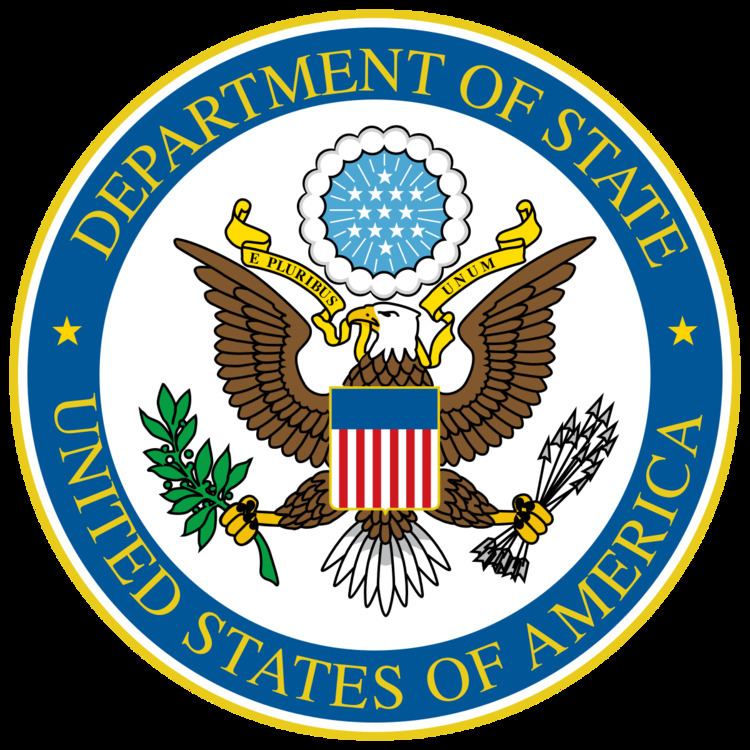In the United States Government, the Bureau of European and Eurasian Affairs (EUR) is part of the U.S. Department of State, charged with implementing U.S. foreign policy and promoting U.S. interests in Europe and Eurasia (which it defines as being Europe, Turkey, Cyprus, the Caucasus Region, and Russia), as well as advising the Under Secretary for Political Affairs. It is headed by the Assistant Secretary of State for European and Eurasian Affairs. The spokesperson is Robert B. Hilton.
From 1949 to 1983, European affairs were within the purview of the Bureau of European Affairs.
The offices of the Bureau of European and Eurasian Affairs direct, coordinate, and supervise U.S. government activities within the region, including political, economic, consular, public diplomacy, and administrative management issues.
Joint Executive Office – Oversees the bureau's human resources; shared with the Bureau of International Organization AffairsOffice of the Coordinator of the U.S. Assistance to Europe and Eurasia – Coordinates policy regarding the European Union, the European Commission, the European Council, the European Parliament, and the Council of EuropeOffice of Caucasus Affairs and Regional Conflicts – Responsible for Armenia, Azerbaijan, and Georgia, and supports the U.S. Co-Chair of the Minsk GroupOffice of Central European Affairs – Responsible for Austria, Bulgaria, the Czech Republic, Germany, Hungary, Liechtenstein, Poland, Romania, Slovakia, Slovenia, and SwitzerlandOffice of Nordic and Baltic Affairs – Responsible for Denmark, Estonia, Finland, Iceland, Latvia, Lithuania, Norway, and SwedenOffice of Policy and Global Issues – Responsible for policy formulation and substantive expertise about global issues within the EUR region; strategic planning; and Congressional relationsOffice of Press and Policy Outreach – Coordinates media engagement and public outreach, and prepares press guidance for the Department Spokesperson in the Bureau of Public AffairsOffice of Public Diplomacy – Coordinates public diplomacy strategies at U.S. posts in the EUR regionOffice of Policy and Regional Affairs – Coordinates policy on nonproliferation and security issues, nuclear and strategic issues, missile defense, arms control, security assistance, sanctions, Cooperative Threat Reduction (CTR) policy and implementation, and international space cooperationOffice of European Security and Political Affairs – Coordinates policy on U.S. security interests, as well as policy regarding NATO, the Organization for Security and Cooperation in Europe, and European contributions to multinational military operationsOffice of Russian Affairs – Responsible for Russia–United States relationsOffice of South Central European Affairs – Responsible for Albania, Bosnia-Herzegovina, Croatia, Kosovo, Macedonia, Montenegro, and SerbiaOffice of Southern European Affairs – Responsible for Cyprus, Greece, and TurkeyOffice of Ukraine, Moldova, and Belarusian Affairs – Responsible for Ukraine, Moldova, and BelarusOffice of Western European Affairs – Responsible for Andorra, Belgium, France, Ireland, Italy, Luxembourg, Malta, Monaco, the Netherlands, Portugal, San Marino, Spain, Vatican City, and the United Kingdom
